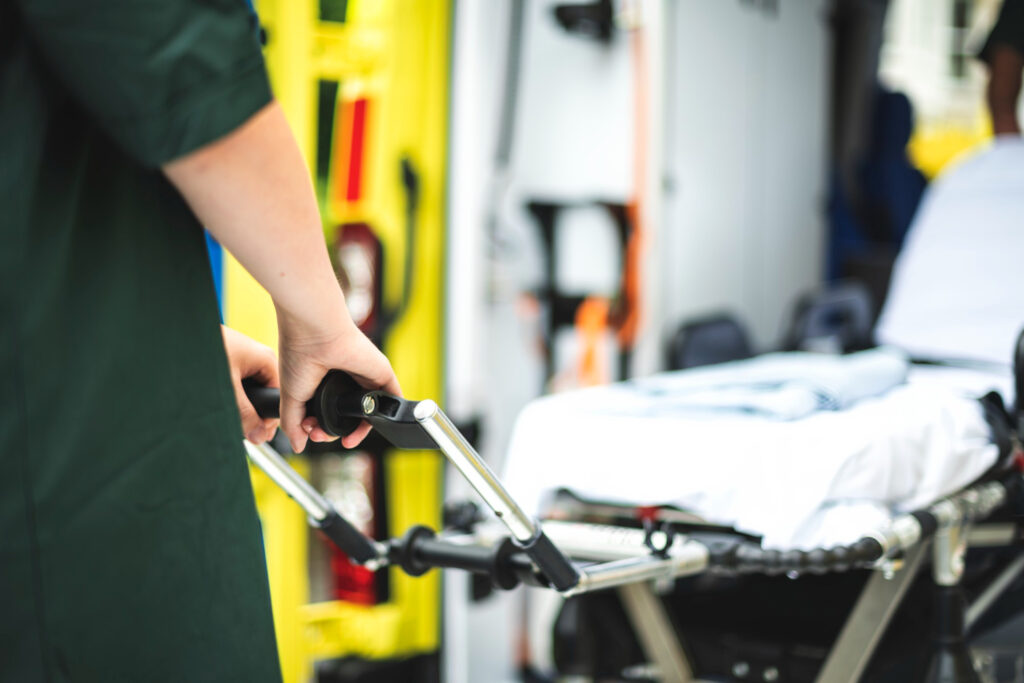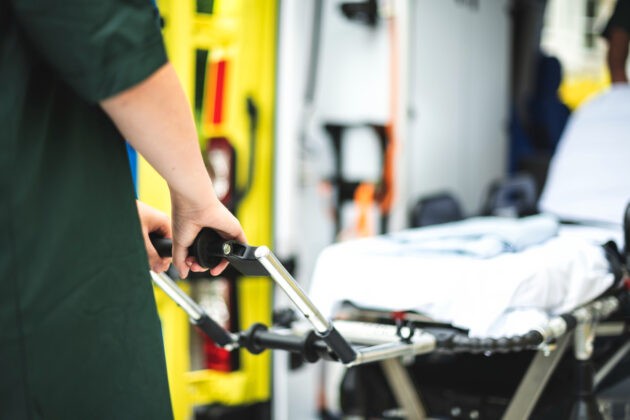
Table of Contents
Important Factors to Consider Before Buying Refurbished Pre‑Hospital Transport Equipment Online
In today’s digital-first landscape, procurement in emergency medical services (EMS) has shifted significantly. More providers are turning to online platforms to source essential patient transport equipment such as stretchers, cots, and stair chairs. These tools directly affect patient safety, field mobility, and the overall efficiency of care delivery. While online purchasing allows for broader selection and cost savings, it also requires careful attention—particularly as new care models reshape supply chains (see Forbes).
Before making a purchase, EMS administrators and procurement leads should take into account several key factors—from how the equipment was refurbished to whether it integrates well into field operations.
1. Refurbishment Standards and Equipment Condition
Many EMS organizations choose refurbished stretchers for medical facilities as a cost-effective alternative to new equipment. When sourced properly, these units can deliver the same reliability and safety standards. That said, it’s essential to understand what “refurbished” entails.
Make sure the vendor clearly outlines what has been tested, replaced, or repaired. Brake systems, structural integrity, and moving parts should all be inspected. Some vendors also provide documentation on load testing or frame reconditioning. Having a detailed refurbishment record helps mitigate risk and ensures that patient safety is not compromised. For more insight into how testing and validation improve equipment performance, see this article on medical device testing.
2. Patient Safety and Ease of Use
In pre-hospital settings, transport equipment must be dependable and easy to operate in fast-moving, often unpredictable environments. Safety features such as locking mechanisms, sturdy casters, and quick-fold frames are essential.
Equipment should also be ergonomic—not just for patient comfort, but to protect EMS personnel from strain or injury. Units intended for bariatric transport should have appropriate reinforcements and higher weight capacity.
3. Fit for Vehicle and Field Conditions
Not all stretchers or stair chairs are suited for all emergency vehicles or field environments. Consider dimensions, weight, and compatibility with your ambulance loading system. Can the unit navigate narrow hallways or stairs? Does it fit the layout of your transport vehicle?
Verifying these practical details in advance can prevent delays and complications during active use.
4. Compliance and Certification
Even refurbished, patient transport equipment must meet applicable safety and regulatory standards. Look for CE markings, FDA registration, ISO 13485 compliance, or other relevant certifications based on your region.
Avoid vendors who can’t provide documentation or who are vague about product specs. Regulatory compliance isn’t just a box to check—it’s essential for operational safety and liability protection.
5. Delivery and Support After Purchase
Equipment should arrive in ready-to-use condition, with appropriate packaging to prevent damage in transit. Some suppliers may offer white-glove delivery or setup, which can be especially useful for high-volume orders.
Post-sale support is just as important. Review warranty terms, check whether spare parts are available, and confirm that service or technical assistance is offered. A lack of support can quickly turn a great deal into a costly problem for EMS teams that operate around the clock.
6. Long-Term Value
Price is important, but it’s only part of the total cost. Think about the equipment’s expected lifespan, maintenance needs, downtime risk, and parts availability.
If financing or leasing options are available, make sure the terms match your organization’s budgeting cycle and usage requirements. A slightly higher upfront investment in well-refurbished equipment often pays off in reliability and reduced service interruptions.
Buying refurbished pre-hospital transport equipment online isn’t just about comparing features or finding the lowest price. It’s a decision that directly affects patient care, staff safety, and operational continuity.
Well-documented refurbishment, regulatory compliance, physical compatibility, and strong after-sales support all contribute to a successful purchase. When those pieces are in place, refurbished units can be a smart, budget-conscious choice that supports both care delivery and logistical readiness.
